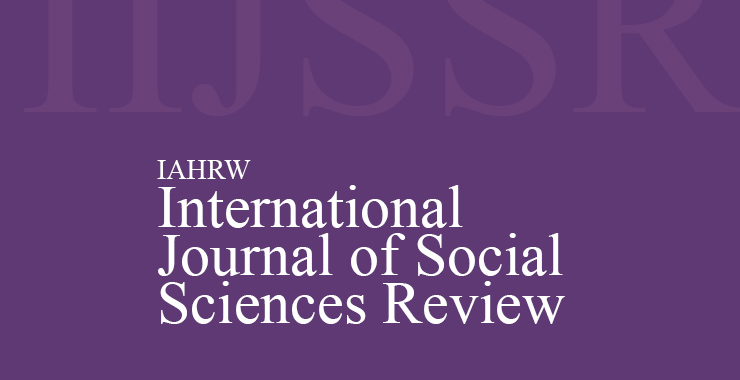Human Aggression: The Role of Big Five
Original price was: ₹ 201.00.₹ 200.00Current price is: ₹ 200.00.
Page: 634-638
Kiran Kumari and Anita Sharma (Department of Psychology, Himachal Pradesh University, Shimla, Himachal Pradesh)
Description
Page: 634-638
Kiran Kumari and Anita Sharma (Department of Psychology, Himachal Pradesh University, Shimla, Himachal Pradesh)
The present study investigated the predictive role of Big Five Personality Traits on Human Aggression, encompassing Physical Aggression, Verbal Aggression, Anger, and Hostility, across areas and gender. A purposive sample of 200 senior secondary school students from Solan district, Himachal Pradesh, India, was divided equally into rural (N=100) and urban (N=100) groups, further stratified by gender (n=50 males & n=50 females per area). Data were collected using the Human Aggression Questionnaire (Buss & Perry, 1992) and the Big Five Inventory (John & Srivastava, 1999). Regression analyses revealed that Conscientiousness negatively explained (-) 6% of the variance in Physical Aggression (-3% in rural area and -3% in males), (-) 4% in Verbal Aggression (-1% in urban area & -3% in males), (-) 4% in Anger (in rural area) and (-) 14% in Hostility (-11% in urban area & -3% in males). Extraversion positively contributed 9 % variance in Physical Aggression (3% in urban area & 6% in males), 18% in Verbal Aggression (11% in rural area, 1% in urban area and 6% in males), 5% in Anger (in urban area) and 16% in Hostility (7% in females & 9% in males). Agreeableness negatively predicted (-) 12% of the variance in Physical Aggression (-6% in urban area & -6% in females), (-) 6% in Verbal Aggression (in females), (-) 10% in Anger (-3% in urban area & -7% in males) and (-) 11% in Hostility (-5% in rural area & -6% in urban area). Neuroticism positively predicted higher variance across all aggression facets, contributing 4-12 % in rural area, 3-17% in urban area, 11-15% in females, and 6-18% in males’ samples. Interestingly, in females’ sample Conscientiousness positively contributed 7% of variance and Neuroticism negatively explained (-) 12% of variance. Overall, Neuroticism emerged as a consistent significant predictor across demographics, highlighting its pivotal role in shaping aggressive behaviours.

